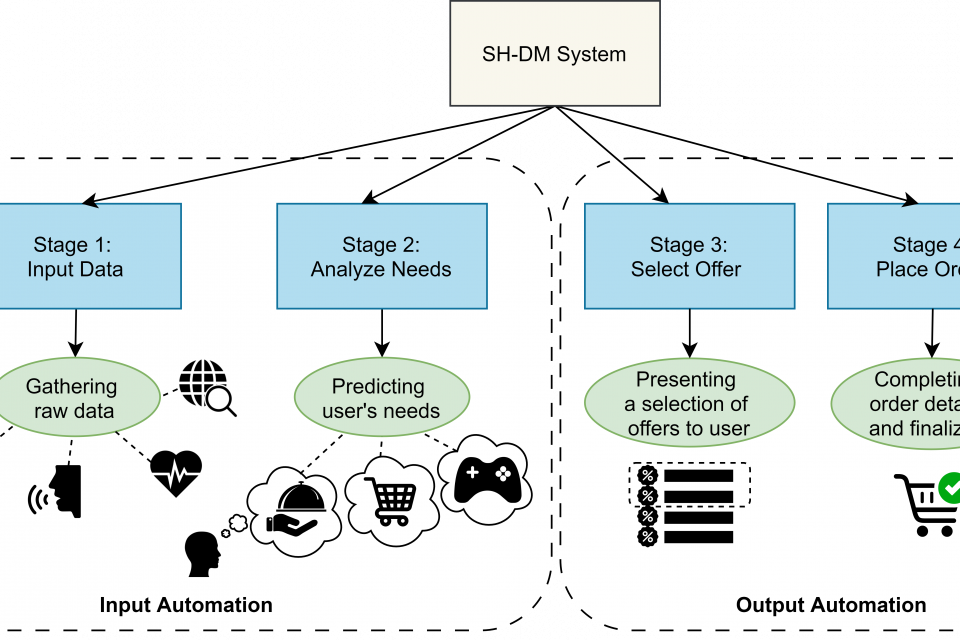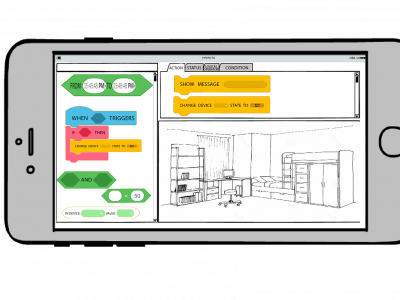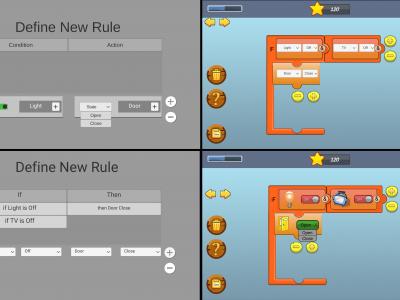Datasets
Standard Dataset
Exploring Privacy in Smart Homes: A Cognitive Walkthrough of Automation Levels for Data Monetization
- Citation Author(s):
- Submitted by:
- Zahra Kakavand
- Last updated:
- Tue, 04/02/2024 - 21:07
- DOI:
- 10.21227/b20g-1f14
- Data Format:
- License:
 462 Views
462 Views- Categories:
- Keywords:
Abstract
Privacy perception refers to the control individuals have over the use of their data, including determining who can access, share, and utilize it without interference or intrusion. In the context of the Internet of Things (IoT), particularly in Smart Home Data Monetization (SH-DM), users’ data is aggregated and made available to potential service providers to target end users with personalized advertisements. Despite the implementation of Privacy Enhancing Technologies (PET) to minimize and anonymize data, user perception plays a crucial role as it influences trust, acceptance, and reliance on the system. Therefore, providing an understandable user interface is essential to enhance users' privacy perception. In this study, we designed and evaluated a user interface that allows users to adjust the level of automation associated with collecting, analyzing, and monetizing users' data in the SH-DM context. The design goal was to improve perceived privacy by increasing the level of user control over the type and extent of data they intend to share with the system. Our research method involved conducting an online cognitive walkthrough usability test with 13 Human-Computer Interaction (HCI) experts. Participants evaluated a mock-up interface that depicted four functional stages of data sharing: Input Data, Analyze Needs, Offer Selection, and Placing Orders. Each stage offered three levels of automation: Manual, Semi-Auto, and Auto. The quantitative results of the study indicated varying levels of usability across different stages and automation modes. Auto mode was generally ranked lower in usability across all stages compared to Manual and Semi-Auto modes. Our findings suggested the need for improved transparency, clearer communication, and more intuitive interactions to address users' concerns and enhance the usability of such systems.
In the initial step, participants rated their ease of understanding of various aspects, including system terminology, the system's primary purpose, the explanations regarding levels, and the differentiation of automation levels, using four 5-point Likert scales. For automation modes requiring user interaction, we calculated the task completion rate for all users and asked four main CW questions concerning effectiveness, visibility, recognition, and feedback. For automation modes without user interaction, only two CW questions concerning effectiveness and visibility were asked, as the other two questions (recognition and feedback) required completing a task, which was not applicable. Additionally, for the last two stages that included a system example, two additional questions were asked regarding the visibility and understandability of the provided examples.








